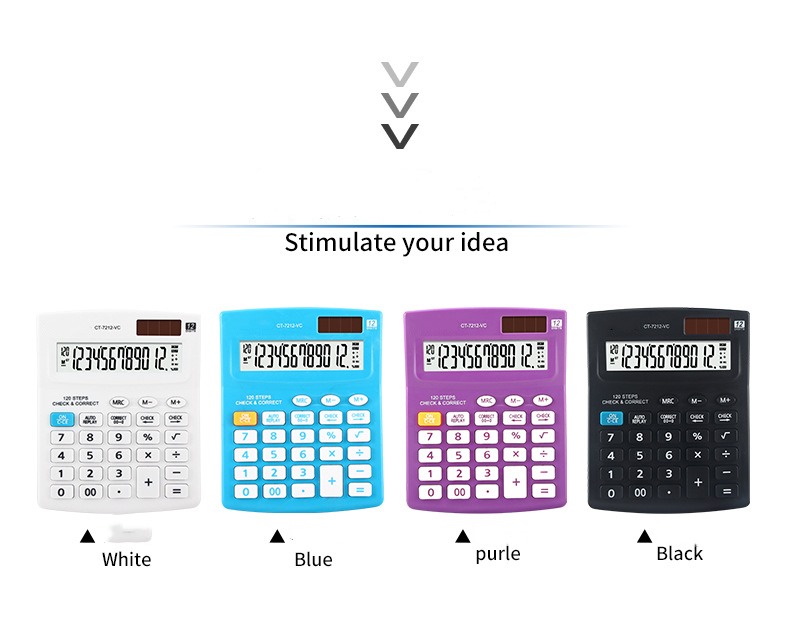Today, the Chinese Academy of Engineering academician He Hezhen said at the "5G and Future Network International Symposium" that the arrival of 5G will increase the network data transmission capacity by a hundred times. This has caused many consumers to worry that their communication tariffs will increase significantly as the data transmission capacity increases dramatically.
In the development of 4G, the substantial increase in traffic billing has already increased the burden on consumers. If 5G brings a further increase in tariffs, its commercial promotion prospects will be met by consumers. He He said that he has made a statement to the Ministry of Industry and Information Technology and hopes that the tariff will be reduced by more than 10 times in the future.
He said that the future 5G will replace all existing mobile networks, and 5G networks need to cooperate. However, the future 5G may use GSM and 3G bands.

However, He Hezhen believes that in the future 5G era, there will be no multi-coverage of 5G to achieve low frequency band, and then use small cells to achieve dense coverage. In the future, 5G will allow more traffic to be diverted to the WiFi network.
For example, in the outdoor, the user terminal can communicate through the base station coverage, but indoors, 5G signals above 6 GHz are difficult to cover, which requires the future 5G to be forwarded indoors to achieve indoor coverage.
In addition, the large traffic of 5G will make the 5G Internet access fee very high, so it is sure to go to WiFi when it is indoors. In this regard, He Hezhen explained that although the 5G tariff will be cheaper than 4G, the large bandwidth consumption will greatly increase people's tariffs, which will make it difficult for people to bear high communication charges. This trend has already appeared in the 4G era. According to a report released by Cisco last year, 51% of global mobile traffic is diverted to WiFi, and in the next 5G era, WiFi will be more. Therefore, with the development of 5G, ultra-high-speed, ultra-wideband wireless LAN also needs to appear at the same time.
5G will promote large-scale application of IPv6 addresses
He He said that at present, IPv6 is booming, and with the application of VoLTE and 5G, IPv6 will enter the fast lane of development.
Statistics from last May showed that IPv6 traffic accounted for 18% of Japan's KDDI network, US AT&T accounted for 52%, and Verizon Wireless accounted for 69%.
This is mainly due to the application of VoLTE. VoLTE's permanent online requirements require two IP addresses per terminal. In the past, 2G and 3G terminals did not need to be permanently online. This is equivalent to nearly 18 times the number of VoLTE addresses in 2G, 3G, and 4G networks.
In addition, 5G needs to support large connections, the Internet of Things, and requires a large number of IP addresses. IPv6 is obviously an inevitable choice. He Hezhen believes that 5G will promote the development of IPv6, and in turn IPv6 also supports the development of 5G.
However, the IPv6 address is more complicated, and if it is used on the Internet of Things, it wastes too much overhead. The future 5G will further promote the application of low-power IPv6 technology.
Desktop Electronic Calculator advantage:
100% brand new and high quality Desktop Calculator;Chain and percentage calculation;
Double power supply, solar dual power-light power with battery back up for low light condition (for dual power mode);12-14 digits Desktop calculator, and many counter modes
Big display, convenient for viewing;

Desktop Electronic Calculator,Desktop Calculator,Mini Electronic Calculator,Desktop Electronic Solar Calculator
Dongguan City Leya Electronic Technology Co. Ltd , https://www.dgleya.com